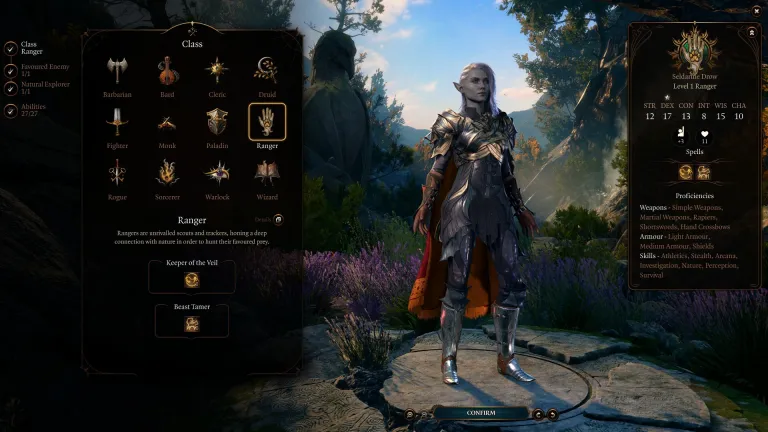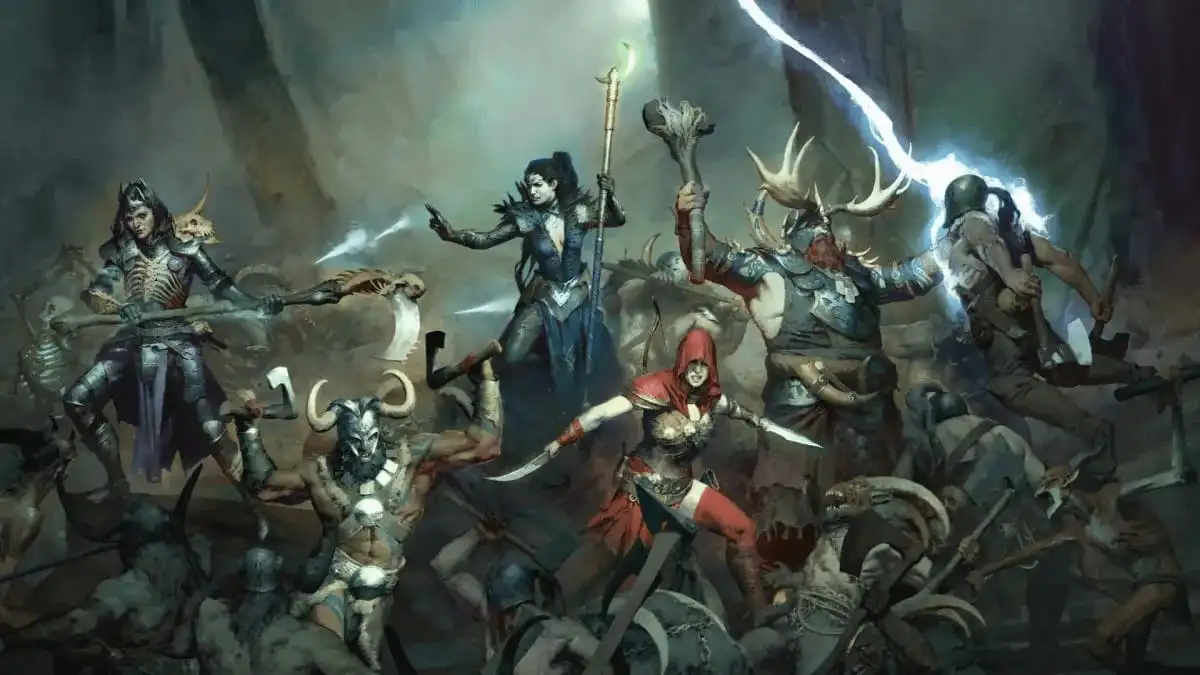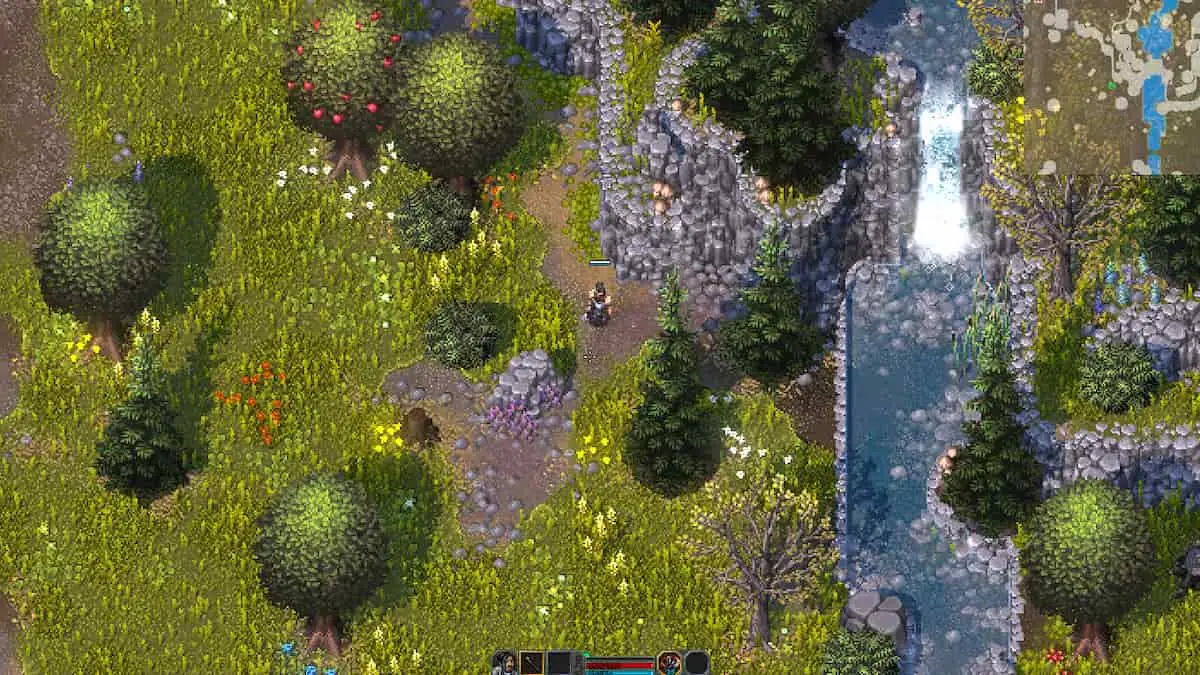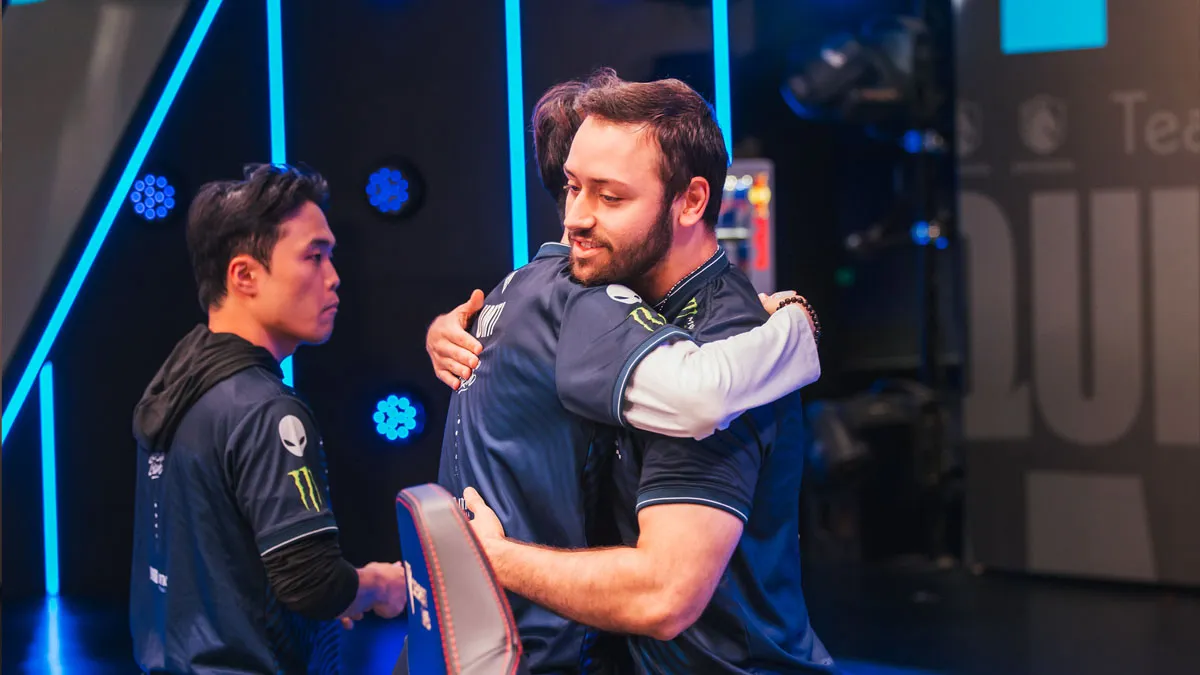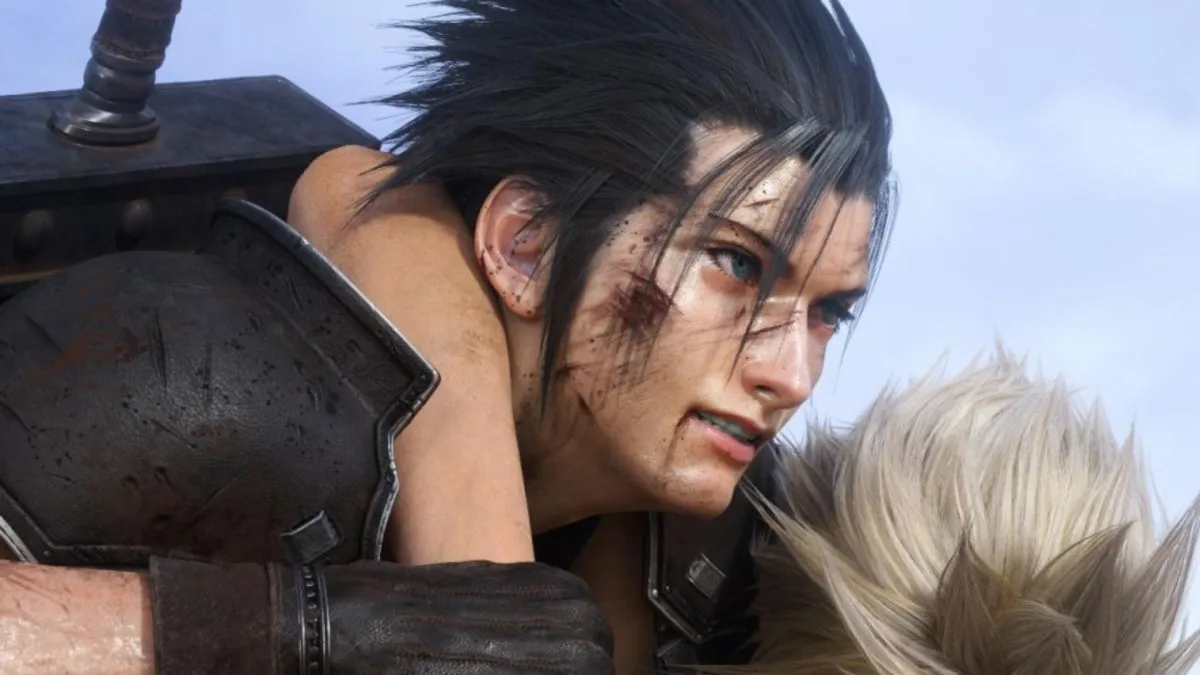Players have plenty of options to choose from in their adventures across the world of Baldur’s Gate 3, with several classes that can be selected. Whether choosing the roles for your companions or a class to play as yourself, classes in Baldur’s Gate 3 are an important choice as the wrong team composition can quickly turn the tide against you in battle.
Classes also have their strengths and weaknesses outside of combat, allowing access to different routes in dialogue that can change your journey significantly, and the right balance is crucial to success.
S-Tier
- Bard
- Cleric
- Ranger
- Barbarian
Bard
Bard is an excellent support class, benefitting from several proficiencies that allow you to pass skill checks regularly, but the biggest boost is the Bardic Inspiration unique action, which grants bonuses to an ally’s rolls, ability checks, and saving throws. However, they lack survivability.
Cleric
Like Bard, Cleric is another strong support class that provides healing, as well as decent damage output. They’re also capable of taking more hits than the Bards due to their armor proficiencies and are a strong addition to any team.
Ranger
Rangers have plenty of options in fights, either up close or from a distance, and can call upon animal companions to help in battles. Familiars are useful to debuff enemies, opening the door for teammates to capitalize. This is the class I use, and I love it, but I’m a fair and impartial tier list judge, so I didn’t put it top.
Barbarian
The Barbarian class is the perfect powerhouse to add to any party, utilizing Rage or Frenzy to gain improved offense and defense. Reckless Attacks can inflict serious damage, though the best feature is being able to throw enemies, or allies, as weapons.
Related: Best starting classes to use in Baldur’s Gate 3
A-Tier
- Paladin
- Sorcerer
- Wizard
- Fighter
- Rogue
Paladin
Paladins do not have as many spells as Clerics but are able to use heavy armor, allowing them to take more hits, and have several Smites that can apply additional damage or effects. The Healing Radiance spell is particularly useful, healing your party once cast and again at the start of a round.
Sorcerer
Sorcerers, unsurprisingly, benefit from a wide range of spells and you can modify each spell, like making them hit two enemies instead of one or making a spellcast a bonus action, which allows you to attack twice in your turn.
Fighter
The biggest asset for a Fighter is Action Surge, allowing you to attack twice in your turn, and Manoeuvres, which allows you to push or trip foes. This is particularly useful when you’re up high, as you can push an enemy over an edge to inflict significant damage or kill them. I love watching foes plummet to their demise.
Wizard
Like Sorcerers, Wizards can cast a vast number of spells and have more available to them than any other class, though the Sorcerers Metamagic feature makes them slightly stronger. Still, you can customize your Wizard’s arsenal in a variety of ways to fit exactly what you want.
Rogue
Finally, Rogues are great for initiating combat with their Sneak Attacks, though their use is limited. Thankfully, the Rogue is able to fight up close or from a distance, which provides them with a bit more variety, and they’re great for moving around the field of battle.
Related: What are saving throws in Baldur’s Gate 3?
B-Tier
Druid
Druids offer quite a lot but are not great at anything, with an extremely limited list of spells to choose from. Shapeshifting is the best ability available, however, and can fill the role of tank expertly in any group. That being said, if you’re interested in romancing bears, maybe Druid is the class for you.
Warlock
Warlocks can use Hexes to debuff hostiles and open the door to attacks, while Eldritch Blast is a great attack that you’ll likely see enemies using on you regularly. The downside, however, is a more limited list of spells.
Monk
Lastly, the Monk class has a decent premise but lacks survivability or a specialty, though can be a decent option for role-playing.
About the author
Read the full article here











